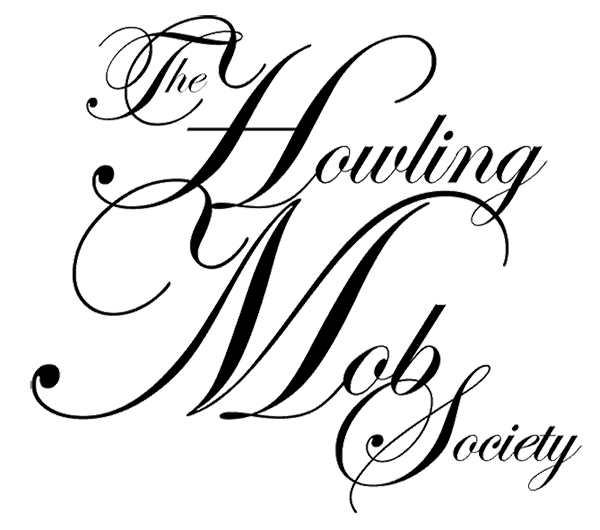Bibliography
Presented here is the original bibliography from our research in 2007-08. It should be noted that although the events of 1877 spread across the United States, our focus was on how these events transpired in Pittsburgh, Pennsylvania, where we live. This is reflected somewhat in our bibliography. Many texts have been written since this project was completed in 2008.
![]()
Books:
Bruce, Robert V. 1877: Year of Violence. Indianapolis: The New Bobbs-Merrill Co., 1959.
This book was indispensable in our research. It is clearly written and entertaining; an excellent place to find out more about the strike, both locally and nationally.
Dacus, J. A. Annals of the Great Strike in the U.S.: A Reliable History and Graphic Description of the Causes and Thrilling Events of the Labor Strikes and Riots of 1877. Chicago: LT Palmer and Co., 1877.
This book can be found in the archives of the Heinz History Center in Pittsburgh, PA. We came across it online at http://library.pghhistory.org/, where you can access a catalogue of everything within the archive. The archive was mostly filled with people doing genealogical research, at beautiful, heavy wooden tables, and the archivists were exceptionally helpful. The book is an odd resource, but a wonderful object – with a cracked spine and yellowed pages. It was written by the former editor of a prominent newspaper, who didn’t see fit to provide any evidence that might make the book a reliable history. He cites nearly no one, clambering atop his own soapbox every chance he gets. Perhaps this is just the way historical accounts were written in 1877. We still consider it a useful source, however, as it provides an educated, privileged person’s reaction to the Great Strike of 1877.
Murold, Priscilla, and A.B. Chitty. From the Folks Who Brought You the Weekend. New York: New York Press, 2001.
This book provided a number of interesting facts about the over-indulgences that Thomas A. Scott and his ilk were accustomed to in their day-to-day lives.
Pinkerton, Allan. Strikers, Communists, Tramps, and Detectives. New York: G.W. Carleton & Co., 1878. Digitized: http://books.google.com/books?id=vYmPG_ZdDOkC Internet. Google Books. 21 October 2007.
Progressive Labor Party. The Pittsburgh Insurrection and Railroad Strike of 1877. New York: Progressive Labor Party. 1977.
Written by the communist Progressive Labor Party, this pamphlet was produced on the one-hundredth anniversary of the Great Strike. It relies heavily on the Howard Bruce book for almost all of it’s information, taking great pains to illustrate how the events of 1877 could be seen in a Communist light by contemporary reader; in effect re-authoring the uprising in Pittsburgh as an unflinching piece of propaganda for the PLP. This pamphlet can be found in the Labadie Collection, an archive of radical politics at the University of Michigan, in Ann Arbor.
Stromquist, Shelton. A Generation of Boomers: The Pattern of Railroad Labor Conflict in Nineteenth Century America. Urbana: University of Illinois Press, 1987.
Stowell, David O. Streets, Railroads, and the Great Strike of 1877. Chicago: University of Chicago Press, 1999.
This book provided great insight into the dangers and inconveniences caused by the burgeoning railroad as it cut directly through dense urban areas. We especially appreciate its treatment of the role of women, children, and young boys in the strike—demographics are often overlooked in the other texts available.
Internet Resources:
“Great Railroad Strike of 1877.” 22 October 2007. Online posting: http://en.wikipedia.org/wiki/Great_Railroad_Strike. Internet. Wikipedia.19 October 2007.
“Panic of 1873.” 21 October 2007. Online posting: http://en.wikipedia.org/wiki/Panic_of_1873. Internet. Wikipedia. 21 October 2007.
“The Great Strike of 1877: Remembering a Worker Rebellion.” UE News. June 2002. Online database: www.ranknfile-ue.org/uen_1877.html. Internet. 21 October 2007.
![]()


